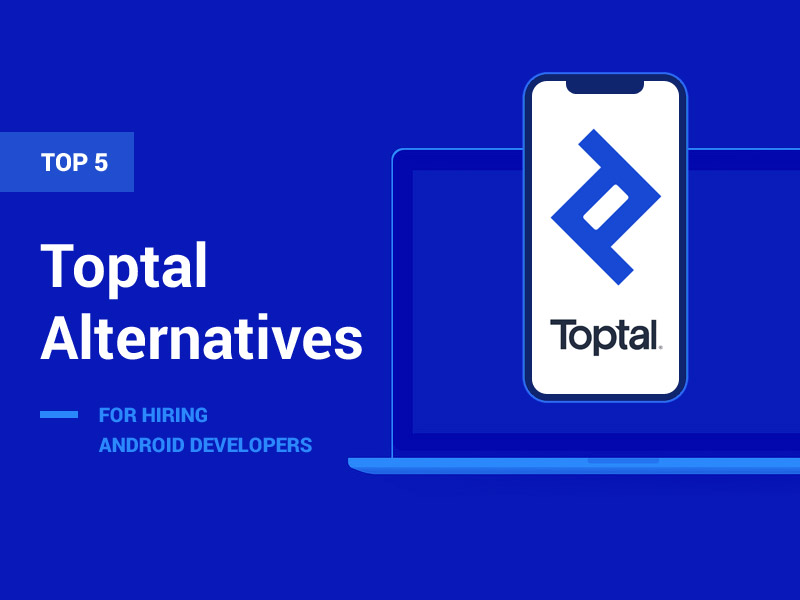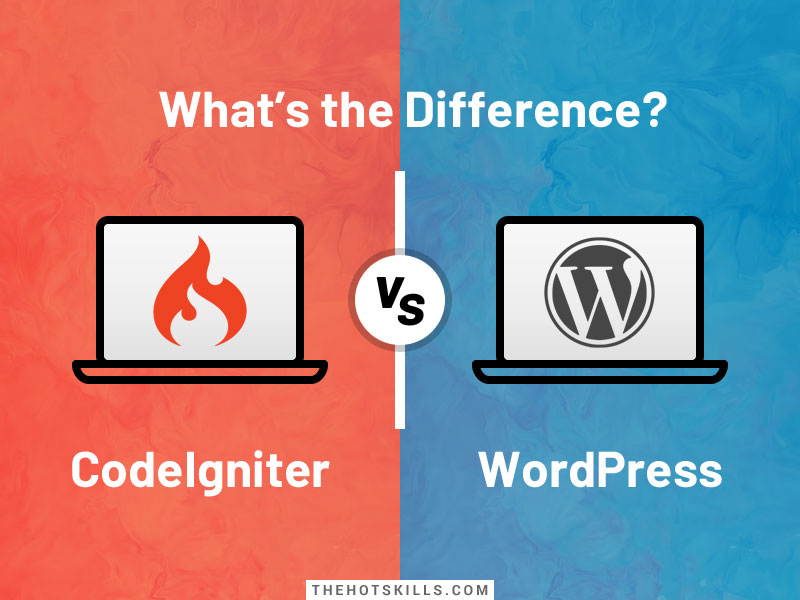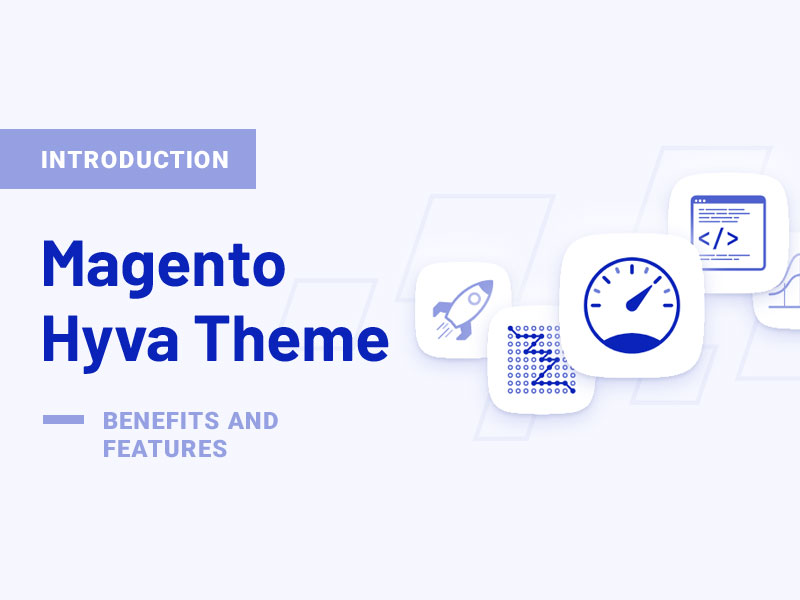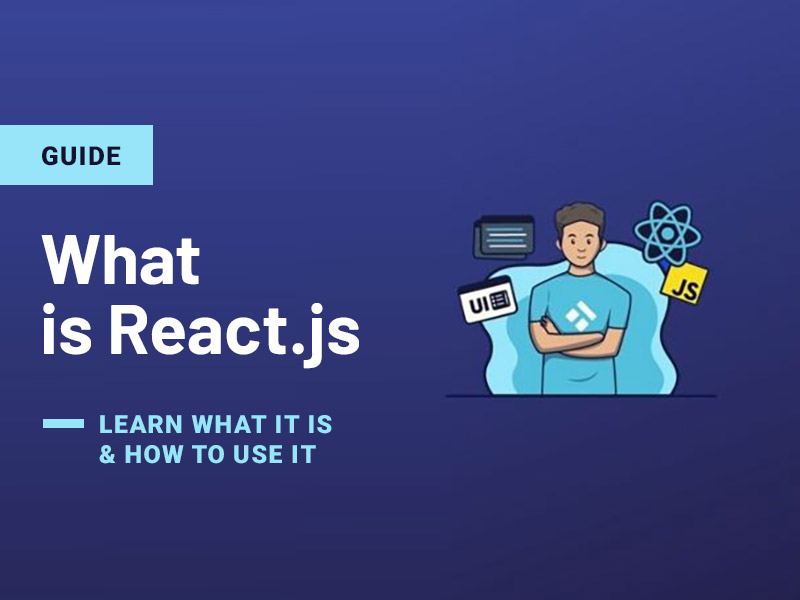In the ever-evolving field of web development, staying ahead of the curve is crucial for remaining competitive. As we navigate the digital landscape of the twenty-first century, the future of web development is rife with possibilities and innovations. In this comprehensive guide, we will explore the emerging trends and technologies that are set to reshape web development, impacting programmers, companies, and consumers alike. Whether you’re a seasoned expert or a newcomer, prepare to delve deep into the exciting prospects of web development.
Web Development in the Digital Age
Web development’s significance lies in its ability to provide a robust platform for global connectivity. A well-designed website not only enhances a company’s online presence but also attracts new clients and fuels expansion. Furthermore, web development has revolutionized the creation of web-based applications, altering how people interact with digital platforms.
This field facilitates the democratization of information, fostering knowledge sharing and idea dissemination. With the advent of social media and collaborative online tools, web development has empowered global communication.
As we progress through the digital era, web development will continue to be a cornerstone of the Internet ecosystem. However, the future promises to bring forth new technologies and trends, each with its own set of advantages and challenges. Success in this era hinges on one’s ability to adapt to these changes and harness recent advancements effectively.

The Technologies and Trends Shaping the Future
Web development is a dynamic domain where new technologies and trends continually emerge, redefining how we create web applications. These innovations aim to enhance efficiency, engagement, and user-friendliness.
To remain competitive in the digital age, web developers must keep abreast of the latest developments and seamlessly incorporate new technologies and trends into their work. Let’s explore some of these influential trends and technologies that are poised to shape the future of web development.
Artificial Intelligence (AI)
Artificial Intelligence (AI) involves creating computer systems capable of performing tasks traditionally reserved for human intelligence, such as voice recognition, decision-making, and language translation. AI has far-reaching implications for web development, offering novel approaches to creating highly personalized, intelligent, and efficient online applications.
1. AI Applications in Web Development
Personalized Content Delivery
AI can assess user behavior, preferences, and interests to provide tailored content, suggestions, and search results. This level of personalization enhances user engagement and satisfaction.
Chatbots for Enhanced User Support
Chatbots, driven by artificial intelligence, may aid website visitors by responding to frequently asked questions, resolving common issues, and facilitating faster, more efficient site navigation.
Automated Content Generation
AI can produce content, such as automatically-generated news stories, product descriptions, and social media postings. This automated content creation streamlines content management processes.
Data-Driven Performance Optimization
AI can optimize websites and online apps for improved performance by analyzing data to spot trends, forecast outcomes, and find patterns. This data-driven approach ensures optimal user experiences.
2. Virtual and Augmented Reality (VR/AR)

Immersive technologies like Virtual Reality (VR) and Augmented Reality (AR) empower users to interact with digital content more engaging and interactively.
Virtual Reality (VR)
Virtual reality technology provides an entirely artificial environment mimicking physical presence in a virtual setting. Users may interact with this setting using specialized headphones and controllers, providing a wholly immersive experience.
Augmented Reality (AR)
Contrarily, augmented reality (AR) adds computer-generated information to the user’s actual surroundings by superimposing digital material onto the real environment. We can use mobile devices, tablets, and specialist eyewear to enjoy augmented reality.
Applications in Web Development
Enhanced E-commerce Experiences
Internet businesses may utilize virtual reality to build showrooms that let shoppers see things in 3D before purchasing. This immersive approach enhances the online shopping experience.
Training and Education
AR may provide engaging training scenarios for the manufacturing, construction, and healthcare sectors. It allows users to interact with educational content in a more dynamic manner.
Unique Product Demonstrations
VR and AR may be utilized to provide compelling product demonstrations that give buyers a one-of-a-kind and unforgettable experience with a product. This immersive experience can drive purchasing decisions.
Tourism and Gaming
Although AR may add information to real-world monuments and attractions, VR can provide virtual tours of popular tourist spots. VR and AR have entirely changed the gaming business by delivering more engaging and immersive gameplay.
3. Progressive Web Apps (PWA)

Online apps known as Progressive Web Applications (PWAs) provide users with a smoother and more natural user experience by combining the characteristics of standard web pages with native mobile applications. PWAs are developed using web technologies like HTML, CSS, and JavaScript and are intended to function on any platform or device, such as PCs, tablets, and smartphones.
Use Cases of PWAs
Enhanced Online Shopping
PWAs may provide clients with a quick and easy way to buy online, letting them explore items, make purchases, and get alerts about deals and promotions. This enhances user engagement and encourages online shopping.
Reliable Offline Access
Even when a user is offline, PWAs may still serve the most recent news and media material, making for a more satisfying and dependable experience. This offline capability ensures that users can access content regardless of their internet connectivity.
Secure Financial Services
Access to financial services like banking, investing, and money transfers may be made safe and dependable through PWAs. Users can perform financial transactions with confidence and convenience.
Seamless Travel Experience
PWAs may provide consumers with a customized and practical travel experience, enabling them to book flights, lodging, and rental vehicles, access travel information, and receive alerts regarding cancellations and delays. This streamlines the travel process and enhances user satisfaction.
4. Voice Search and Chatbots
In response to the increased need for more convenient and individualized digital experiences, voice search and chatbots have both increased in popularity. Voice search has become a more common method for consumers to connect with technology as smart speakers and virtual assistants have grown in popularity. Chatbots have grown in popularity as organizations explore methods to provide 24/7 customer service and automate repetitive chores.

Web Development Applications
Improved Website Accessibility
The use of voice search in web development enables users to conduct information searches using natural language, improving the usability and accessibility of websites.
Enhanced Customer Engagement
By giving prompt answers to frequent questions and directing users around the website or product offers, chatbots may be utilized to increase customer engagement and support. This leads to more satisfied and informed users.
Streamlined E-commerce
Created chatbots may be used in e-commerce to assist consumers in finding items, making purchases, and following up on orders. This streamlined shopping experience can boost sales and customer satisfaction.
Lead Generation
Moreover, chatbots may generate leads, helping to qualify leads and gather contact details from prospective clients. This valuable data can be used for marketing and sales efforts.
5. Serverless Architecture
Serverless architecture shifts the responsibility for infrastructure management from the developer to the cloud service provider. In this model, computing resources are automatically allocated and scaled based on demand. Serverless architecture enables developers to focus on writing and delivering code, eliminating the need for server management and infrastructure maintenance.
Use Cases of Serverless Architecture in Web Development
Scalable Backend APIs
Building and deploying backend APIs to manage heavy traffic loads and grow automatically in response to demand is one of the primary use cases of serverless architecture. This ensures that web applications can handle high traffic volumes efficiently.
Data Processing and Transformation
Using serverless systems, web developers can perform data processing functions, including data input, processing, and transformation. This enables real-time data analysis and insights.

Auto-Scaling Web Applications
Created and deployed web applications can grow automatically and deal with heavy traffic loads using serverless architectures. This ensures consistent performance and responsiveness.
Advanced Chatbots
Chatbots that can conduct natural language processing and reply to user inquiries using serverless architectures are more efficient and responsive. This improves user interactions and support.
Microservices
Depending on demand, microservices that can interact and grow independently may be deployed and managed using serverless architectures. This enables flexible and efficient development of complex applications.
The Future of Web Development – A Conclusion
The future of web development is being shaped by new technologies and trends that promise to revolutionize the digital landscape. Voice search, chatbots, and serverless architecture are among the key trends and technologies to watch. These innovations offer significant advantages, including improved user experiences, reduced operating costs, and enhanced scalability.
These developing technologies have the potential to profoundly impact both users and businesses. By enabling more personalized and convenient digital experiences, they may lead to increased customer satisfaction, brand loyalty, and sales. Users benefit from simplified information discovery, seamless purchases, and effortless access to assistance, making technology interactions more natural and enjoyable.
As we navigate the ever-evolving world of web development, these emerging trends and technologies will play a pivotal role in shaping the future. Staying informed and adaptable will be the key to success in this dynamic field, where innovation knows no bounds. Embrace the future of web development, and unlock a world of endless possibilities.







